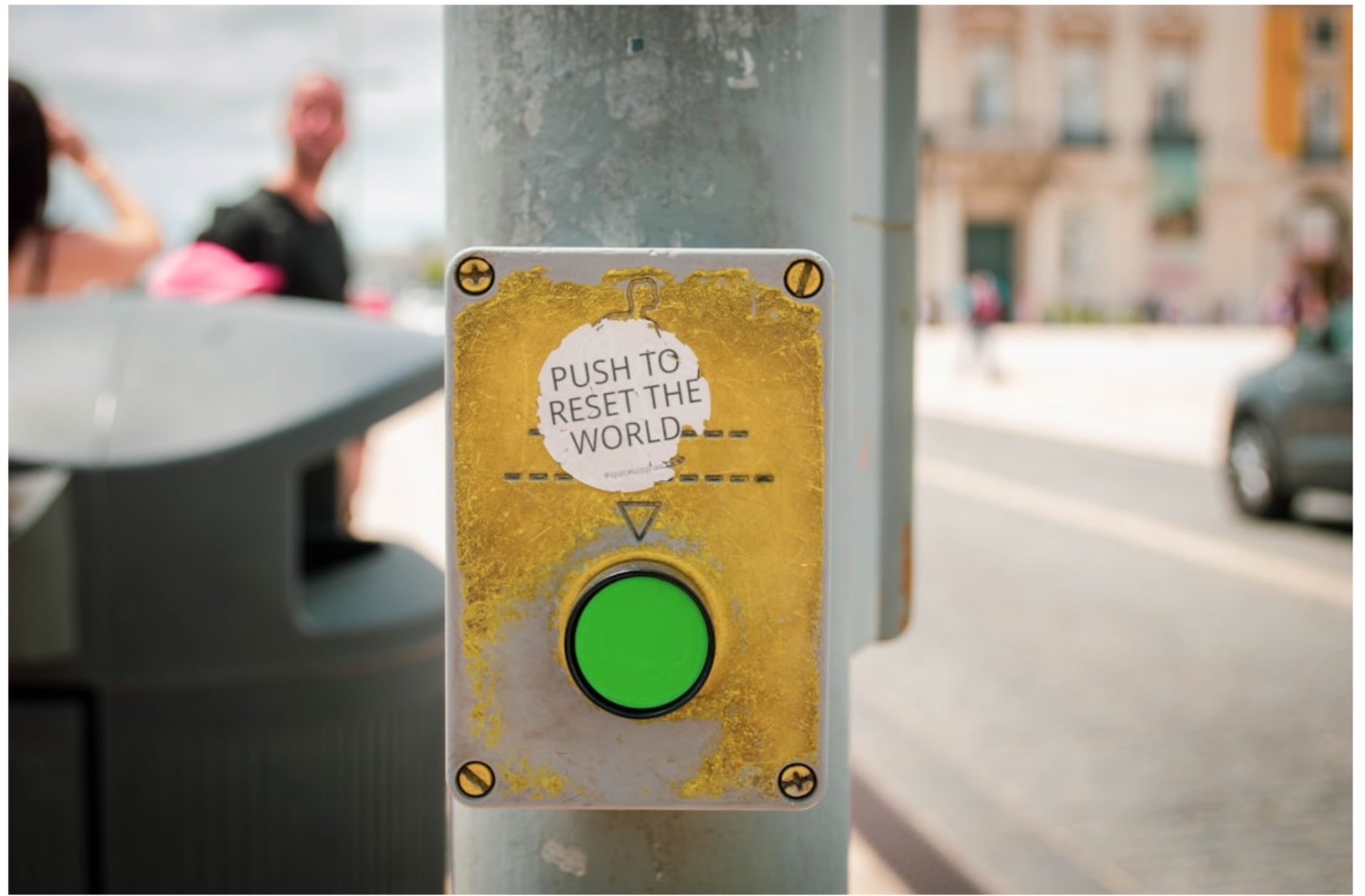7 Principles
of Effective Communication
Communication is key to success in freelancing. It’s often more important than the quality of the work itself because without clear communication, you can’t convey the value of your solutions and proposals.
The quality of your communication determines if you can establish long-term relationships with clients. From our experience, communication has two crucial parts: WHAT you write and HOW you write (or speak). This represents you in the moment and works for long-term relationship building with clients. Communication shapes the client's perception of both the process and the results of your work.
In today’s article, we’ll focus on email communication skills. This guide will help freelancers improve their communication skills, avoid common mistakes, and build strong professional relationships with clients.
Principles of Effective Communication
Since we all work remotely, it’s impossible to know and see what the person you’re working with is doing, planning, or thinking. Your task is to provide the other party with up-to-date information on what’s happening now and what the next steps are.
1. Timeliness and Transparency
When working remotely, it’s essential to keep clients informed about your actions and plans. This helps avoid anxiety and uncertainty among colleagues or clients. Respond to messages as quickly as possible, even if it’s just a brief update on your next steps. Don’t disappear from the conversation without explanation – let them know when you’ll be back in touch.
For example: "I’ve received your task and will start working on it in an hour. I’ll be in touch by 3 PM with some preliminary results. If you have any questions before then, please let me know – I’ll be checking messages."
Such transparency helps reduce uncertainty, improve coordination, and foster more effective collaboration.
2. Attention to Detail
Misunderstandings often lead to incorrect assessments and negative consequences. Lack of attention, missing details, and reluctance to clarify can seriously impact the quality of your work and your relationship with the client. Moreover, a negative communication experience can affect the client's overall perception of your work, leading them to seek problems in everything you do.
Therefore, practice active clarification and asking questions. Remember, due to different experiences and cultural backgrounds, what’s obvious to you might not be obvious to your counterpart and vice versa. Don’t hesitate to rephrase the client’s tasks or requirements to confirm your understanding.
For example: "To make sure I understood your requirements correctly, let me repeat: [paraphrase the task]. Did I get that right? Is there anything that needs further clarification?"
This approach helps avoid misunderstandings early on, saves time and resources, and shows your attentiveness and professionalism.
3. Constructive Feedback
By asking questions, you can demonstrate your competence, gain a deeper understanding of the project, and assess the client's readiness to collaborate. Questions can lead the client to important details they hadn’t considered or highlight something they were unaware of. This also helps you gauge the client’s engagement and willingness to collaborate.
For example: "I noticed that [observation]. Have you considered [alternative approach]? This might help with [potential benefit]. What do you think about this?"
4. Cultural Sensitivity and Professional Tone
This principle is especially important when working with international clients. Many cultures place a high value on politeness and manners, which directly affects their perception of your professionalism. What might seem excessive to us could be a norm in their culture and etiquette.
- USA: They appreciate informality and a friendly tone. They often use first names even in business communication. Show enthusiasm and a positive attitude. Example: “Hi John! Thanks for your great feedback. I’m excited about your ideas!”
- Germany: They prefer formality and directness. Use titles and last names until they suggest switching to first names. They value punctuality and detail. Example: “Dear Mr. Müller, thank you for your detailed analysis. I have reviewed all the points carefully.”
5. Emotional Engagement
It’s pleasant to communicate with someone who is engaged and lively. Expressing emotions can make communication more effective and help establish a better connection with the client. However, consider the cultural context, as the acceptable level of emotional expression can vary.
6. Clarity and Structure
This principle is critical for effective communication, especially in writing. Take notes of all important details from your conversations with the client. At the end, provide a brief summary of all discussed points.
Clearly structured information is easier to understand, reduces the risk of misunderstandings, and saves time for both you and the client. It also demonstrates your professionalism and respect for the other person’s time.
7. Constructive Conflict Resolution
Quick and constructive responses to problems help prevent conflicts from escalating, maintain client trust, and find effective solutions. Focus on solving the problem rather than finding blame, which shows your professional maturity and result-oriented mindset.
Email Writing Algorithm
Here’s a quick guide from our team on how to write to a client:
- State the Essence: Clearly outline the main points.
- Add Explanations: Clarify any details that might not be obvious.
- Politeness: Use polite words and phrases.
- Emotions: Add emotional reinforcement to the message.
- Check for Errors: Review the text for grammatical and stylistic errors.
Effective communication with clients is the foundation of successful freelancing. It helps avoid misunderstandings, ensures process transparency, and creates strong, long-term working relationships. By following these principles, you can improve the quality of your work and get more satisfaction from collaborating with clients.
More Articles

How SEO Is Changing in the Age of AI
21-10-2025
AI is transforming search. Learn how SEO evolves into AEO and GEO — where visibility means being cited in AI answers, not just ranked in results.

Keeping the Human Mind Sharp When AI Can Do It All
16-10-2025
AI makes work easier, but thinking harder. Learn how to stay creative, critical, and human in the age of intelligent machines.

AI Workslop: Why Businesses Pay Freelancers to Fix AI
07-10-2025
AI speeds up work but often creates “workslop” - results that look complete yet lack value. Freelancers are the ones turning them into quality.

Disney Creative Strategy: How Ideas Become Reality
03-10-2025
Disney Creative Strategy: dream, plan, critique — a tool to guide ideas from imagination to real-world results.

Upwork Boost: Increasing Freelancer Profile Visibility
29-09-2025
Discover how Upwork’s Available Now badge and Profile Boost work, their costs, pros and cons, and which boost is best for freelancers or agencies.

10 Posts to Help You Get Started on Upwork
29-09-2025
We’ve gathered a set of articles to guide you through the essentials — from setting up your profile to building long-term client relationships.

Etcetera summer 2025 report
26-09-2025
Etcetera summer 2025 results: quiet season, new team members, shifting Upwork rules, and plans for an active autumn.

Upwork Feedback: a trust tool you should learn to read and write
22-09-2025
Upwork feedback is more than stars — it builds trust, shapes reputation, and guides choices. Learn how to read, request, and write reviews effectively

7 Hats: a thinking tool that saves time and nerves
08-09-2025
Instead of mixing emotions, facts, and criticism in chaos — this method by Edward de Bono helps separate thinking modes.

Upwork: From Simple Fees to Pay-to-Play
29-08-2025
Discover how Upwork’s fees evolved from flat 10% to a pay-to-play model with Connects, boosts, and variable 0-15% commissions in 2025.

Upwork Reset 2025: How to Refresh Your Freelance Strategy
25-08-2025
Discover 5 practical steps to reset your Upwork strategy in 2025: update skills, rethink pricing, optimize proposals, and grow with the market.

How to Build a Team That Won’t Fall Apart in a Crisis
22-08-2025
How to build a strong team that survives crises: Denys Safonov shares lessons from 11 years of leading the agency Etcetera through global challenges.
